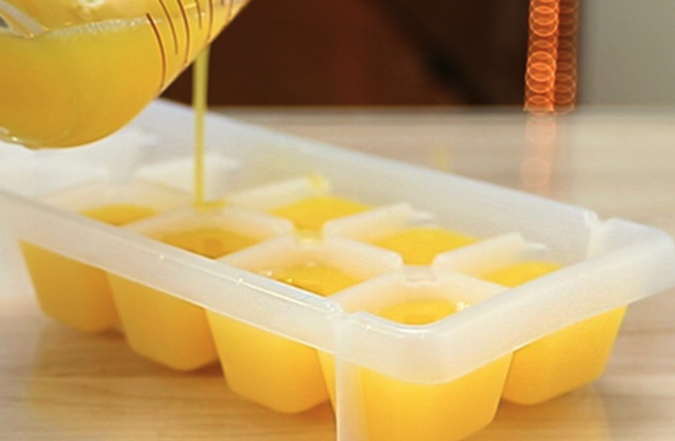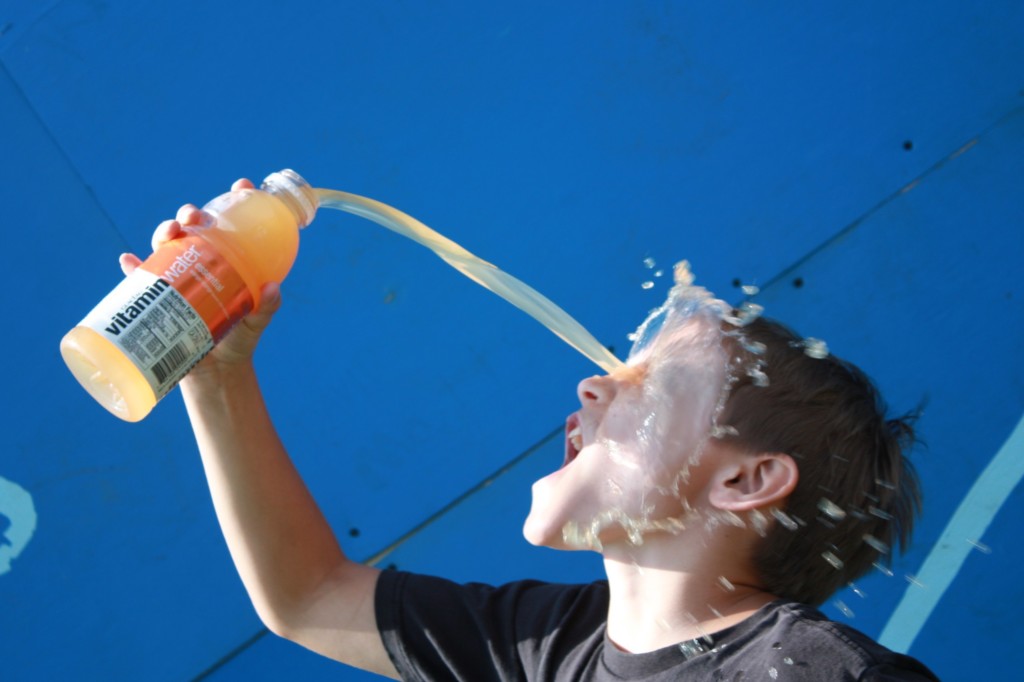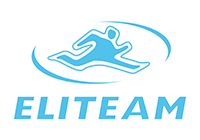As athletes, we all know that we need to hydrate. But with summer training, it becomes even more important. The question is, how much should we drink? When should we drink? How do we know if we’re properly hydrated? When we’re thirsty, are we already dehydrated? What about electrolytes? Sports Dietician and Performance Chef Megan Chacosky answers all of these questions, and gives us a recipe for Electrolyte Ice Cubes!

Summer Hydration
By Megan Chacosky, MS, RD, CSSD, USOC :
Hydration is always a key factor to top performance, but it becomes even more critical during summer training in warmer climates. Our bodies are made up of about 60% water and losing even as little as 2% of that reserve can make training at your best very difficult. Fluids also play a major role in maintaining overall body temperature, so very long or intense training sessions in warm weather can cause you to lose more water through sweat, making it challenging not to over-heat.
Some other physical effects of dehydration are increased thirst, heart rate, perceived exertion, and fatigue. It’s important to go into each training session already hydrated and continue to drink water or an electrolyte beverage during sessions to maintain hydration because we often only start to feel thirsty after we’re in a slightly dehydrated state. Similar to carbohydrates, when you don’t have enough water, both your body and your brain are negatively affected; so during a training session, dehydration can also show up as impaired decision making, reaction time, and precision of movements.
Everyone is going to have unique, daily hydration needs that may change based on the amount of time you’re training, temperature, humidity, elevation, if you usually sweat a lot or a little, and what foods you’re eating, but a good estimate is to aim for 0.5-1 ounce/pound body weight/day. To know if you’re properly hydrated, a good rule of thumb is to check your urine color (dark yellow = dehydrated; light lemonade = hydrated; clear = possibly over-hydrated) and frequency (small volume every 3+ hours = likely dehydrated; higher volume every 30-60 minutes = likely overhydrated). Drinking fluids gradually throughout the day (starting with 1-2 glass of fluids at your first morning meal) and choosing fluid-containing foods (fresh fruits & vegetables, soups, fruit popsicles) can help you start every training session hydrated.

In addition to replacing just fluids, it’s also important to replace electrolytes lost through sweat like sodium, potassium, and magnesium. Electrolytes can act like magnets to help draw water into your cells to help you stay better hydrated while training; this becomes even more important when rehydrating after training sessions. You can read more about the specifics of hydration, electrolyte balance, and sport performance at the Gatorade Sports Science Institute and even calculate your own unique fluid needs.
Make the most of all of your training sessions this summer by staying hydrated with your favorite electrolyte beverages, or, making your own!
Homemade Electrolyte Ice Cubes
(makes ~24 ice cubes)
- 2 cups coconut water
- ½ cup any fruit juice (orange, apple, pineapple, pomegranate, cranberry, etc.)
- ¼ cup lemon and/or lime juice (about 3-5 lemons/limes)
- 1-3 Tbsp. sweetener (honey, maple syrup, sugar, agave)
- 1-2 tsp. salt
Whisk all ingredients together and pour into ice cube molds; let freeze for at least 3 hours. Add to your water bottle or water glass at about 1 ice cube/1 cup water.

